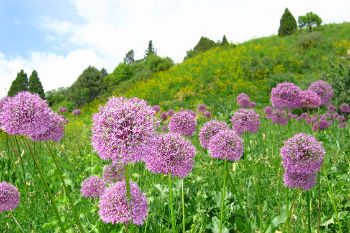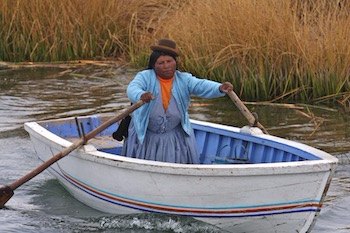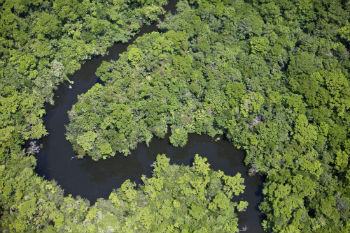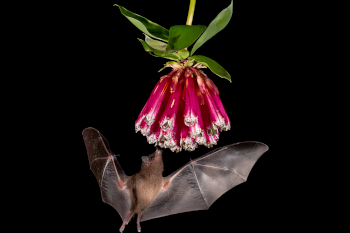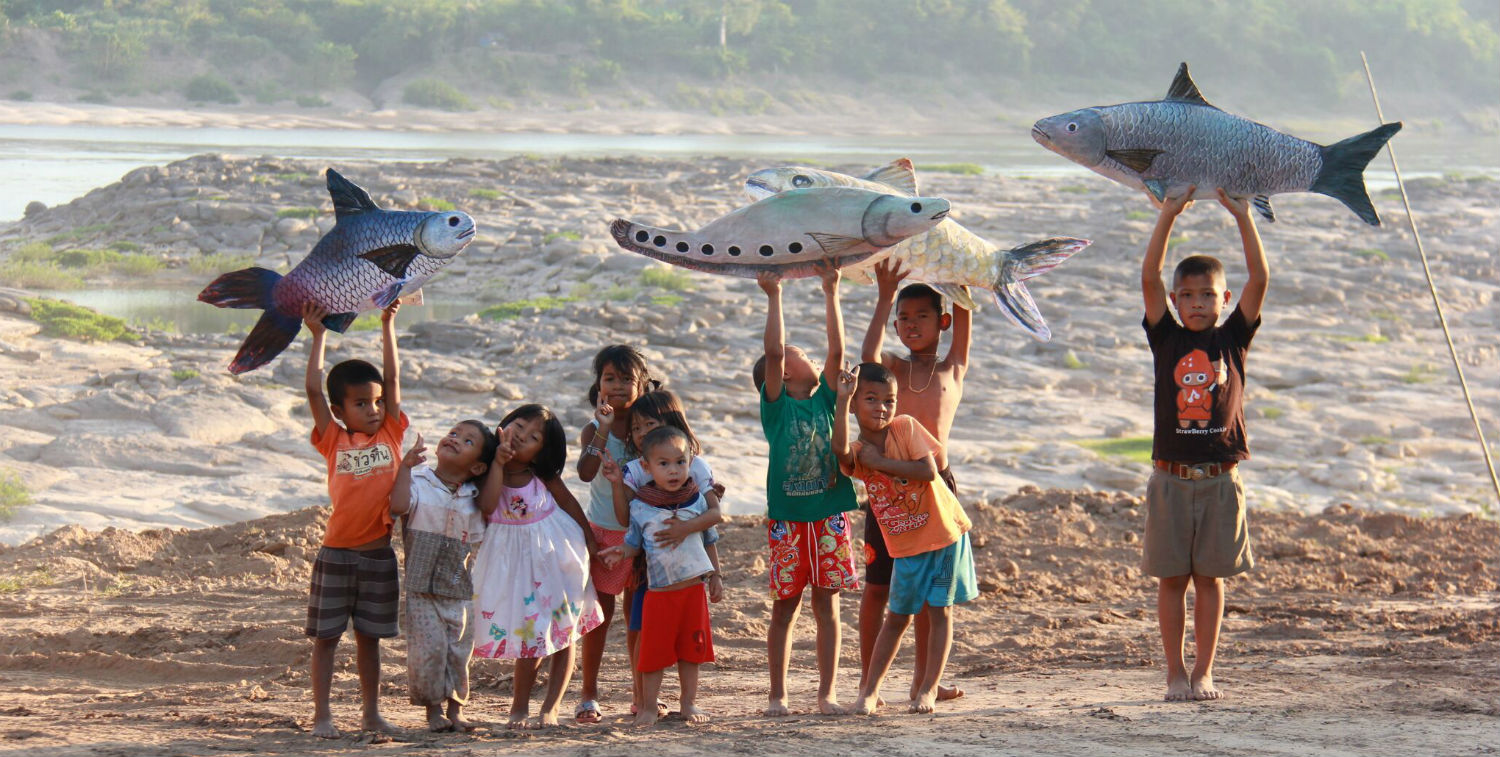Main menu
CEPF is a joint initiative of l’Agence Française de Développement, Conservation International, the European Union, Fondation Hans Wilsdorf, the Global Environment Facility, the Government of Canada, the Government of Japan and the World Bank. A fundamental goal is to ensure civil society is engaged in biodiversity conservation.
Visitez le site français コア情報の日本語翻訳を読むOr use Google Translate to translate the English site to your language:
GTranslate
2016 CEPF Photo Contest Winners
Congratulations to the winners of the 2016 CEPF Photo Contest!
07 April 2016
07 April 2016
Congratulations to the winners of the 2016 CEPF Photo Contest!
CEPF received more than 60 images celebrating people, including grantees working on the ground to conserve biodiversity and beneficiaries of CEPF-supported projects. These striking images showcase the vital links between civil society, communities and ecosystems in the world’s biodiversity hotspots, and demonstrate how CEPF grantees are protecting hotspot species and critical ecosystems, and enabling people to participate in sustainable livelihoods.
Below you will find the winning photos, as well as information about the project that each image represents. Thank you to everyone who entered the contest – and stay tuned for additional stories featuring each of the winning images.
First-Place Winner
In the Indo-Burma biodiversity hotspot, the Mekong Community Institute Association (MCI) received a $80,000 grant from CEPF to strengthen local youth networks in riverine biodiversity conservation. This includes working with local youth in eight provinces of Thailand to increase their roles in conserving the Mekong River.
Through the project, which began in May 2015 and is being implemented through April 2017, MCI is assisting young people in documenting local environmental issues and communicating about the issues to the public. MCI is also supporting the development of three community learning centers that will serve as models for other river basins in Thailand.
As of December 2015, 77 youths had received training, five villages received research reports about local Mekong fishermen, and approximately 1,000 people participated in the opening of the Chiang Khong Community Learning Center.
People’s Choice Award
With a $159,432 grant from CEPF through its funding in the Eastern Afromontane biodiversity hotspot, the African Wildlife Foundation (AWF), in partnership with the Isangati Agricultural Development Organization (IADO), is improving conservation, agribusiness and land use planning at Tanzania’s Mount Rungwe, which is home to amazing biodiversity, including kipunji (Rungwecebus kipunji). This Critically Endangered monkey is one of Africa’s most endangered primates.
The forests of Mount Rungwe are also important to people for the provision of fresh water and other natural resources. But the forests are under threat, especially from conversion to agricultural land.
AWF and IADO are working together (from February 2015 to January 2017) to train local farmers in conservation-friendly agriculture, including the harvesting of Irish potatoes. By the end of 2015, 20 farmers had received demonstrations and are now using conservation-friendly agricultural methods. These farmers are also teaching other farmers how to adopt better farming practices.
